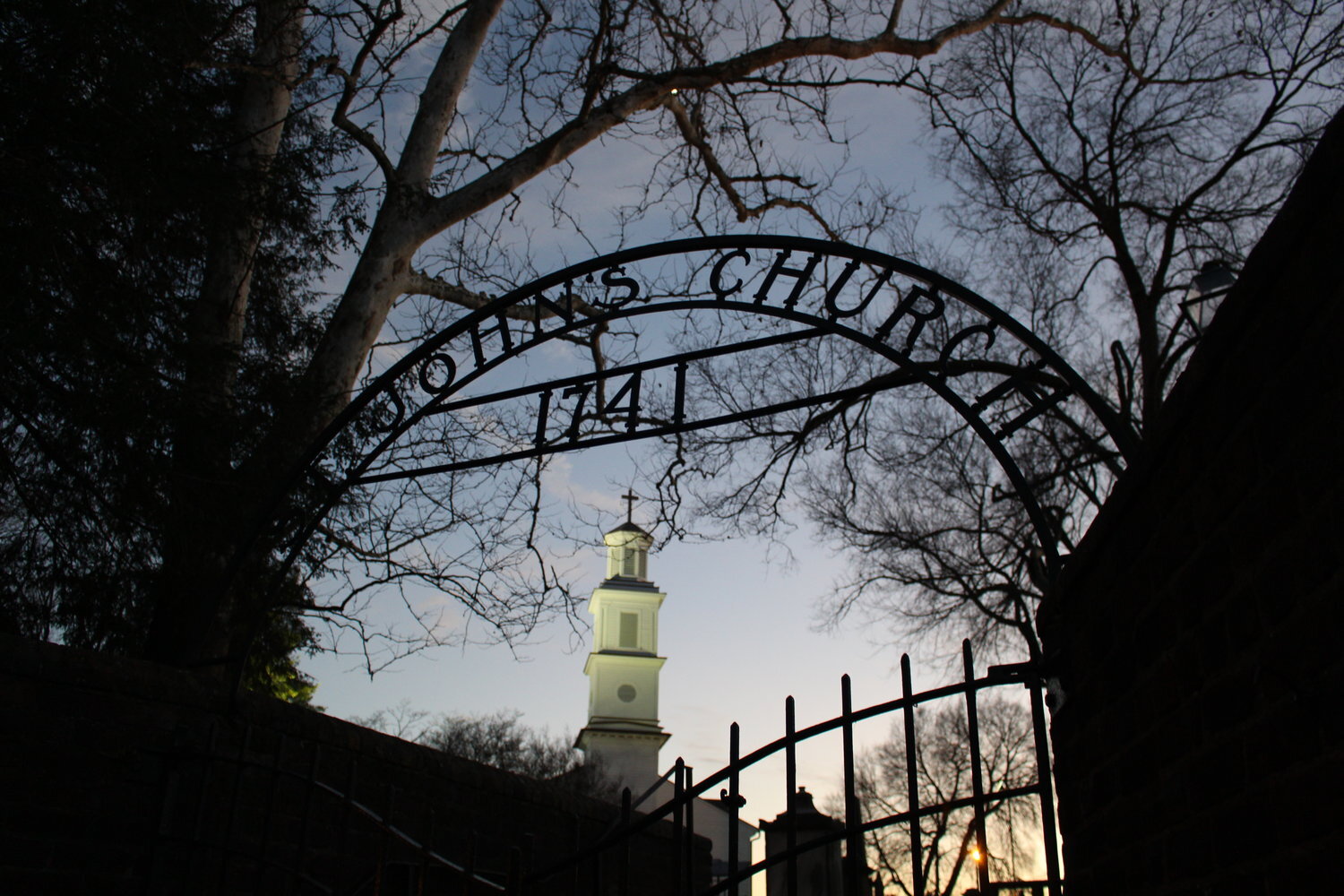
Our History
Land Acknowledgment
Please join us in acknowledging and honoring the Indigenous peoples who are the original inhabitants of the land on which St. John's Church now stands: the Chickahominy, Eastern Chickahominy, Mattaponi, Monacan, Nansemond, Nottoway, Pamunkey, Patawomeck, Powhatan, Upper Mattaponi, and Rappahannock tribes. We give thanks for them and express our gratitude for their witness on how to live a life that is honorable and humble. May we always remember that the Earth does not belong us: that we belong the Earth and that we are all relatives in life. Help us to learn from our past mistakes and to be instruments of justice and peace for all people in today’s world, particularly the original Indigenous inhabitants.
Note: In the spirit of St. John’s Church commitment to racial healing, members of our congregation are actively researching and exploring church history and our role in past and present disparity and racial inequity. We endeavor to “serve God, each other and the community” with an honest, comprehensive, and historically accurate accounting of our past and the history of Church Hill.
St. John’s Parish Records at the Library of Virginia
Over the years the parish expanded westward from Jamestown, up the James River. As Richmond became a riverfront trading center, the Vestry of Henrico Parish began to consider building a church in the burgeoning town. The actual St. John’s Church as we know it today dates almost to the beginning of the City of Richmond itself.
William Byrd, II, credited with the establishment of Richmond, entered in his diary on September 19, 1733, that Richmond’s city foundations had been laid.
In 1740, the Vestry of Henrico Parish approved a new church to be built on land donated by Byrd, and the structure was completed on the present site on June 10, 1741.
The church was known through the next few decades as the New Church, Town Church, Upper Church, and Richmond Hill Church. The earliest known reference to “St. John’s” appeared in 1829. Through the years, St. John’s served the community not only spiritually, but also as a community meeting place, just as churches had traditionally served in England.
As tensions between Virginia and England grew in the 1770s, the assembly of the Second Virginia Convention was moved from the capital of Williamsburg to Richmond. St. John’s, the largest available public building in the city, was the site of the March 1775 meeting attended by George Washington, Thomas Jefferson, Richard Henry Lee, and other prominent Virginians who heard Patrick Henry’s stirring words,
“Give me liberty or give me death.”
More than two centuries later, the fame Henry’s oratory brought to the church brings approximately 40,000 visitors annually to this National Historic Landmark.
The American Revolution brought freedom of religious expression, but it also ended financial support from the Anglican Church. Thus began an era that would bring ups and downs to most Anglican churches. There was a lull in parish life before 1820, but St. John’s remained a vital parish and was the church home of many clergy and civic leaders. By 1820 there was a full-time rector, and by mid-century, the parish was flourishing again. From post Civil War to World War II, St. John’s played a vital role in the civic life of the entire city and had a large congregation of between five and six hundred members.
After World War II, the population of St. John’s declined as more and more members moved to the suburbs. Increasingly, the neighborhood, long known as “Church Hill” because of the presence of St. John’s, began to experience poverty due to systemic racism and urban flight. The religious life at St. John’s survived, however, because of loyal members who returned to their home church for services despite the distances they had to travel.
Because of its historical importance, principally as the site of Henry’s famous speech, the church building inspired the designation of the St. John’s Church Old and Historic District, created by an act of Richmond City Council. During the late 2oth Century increasing numbers of residents were attracted to Church Hill.
The church has experienced significant growth over recent years, reflecting the vibrancy and diversity of the surrounding neighborhood, with parishioners of all ages and of diverse ethnicities and gender identities living within walking distance. The congregation welcomes everyone and has become an inclusive home to a diverse community. This welcome extends outward into the surrounding community through a variety of outreach ministries and collaborative partnerships.

